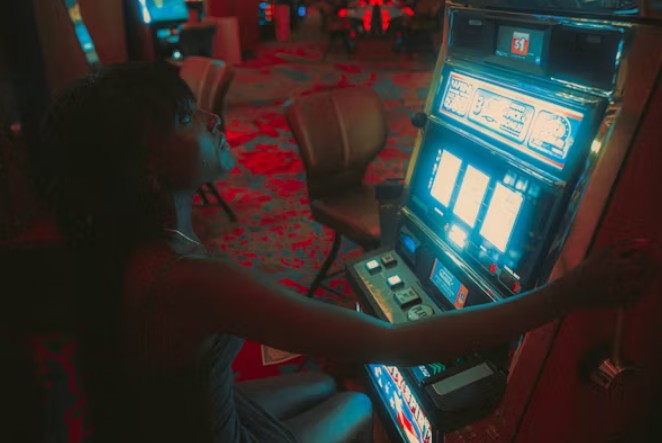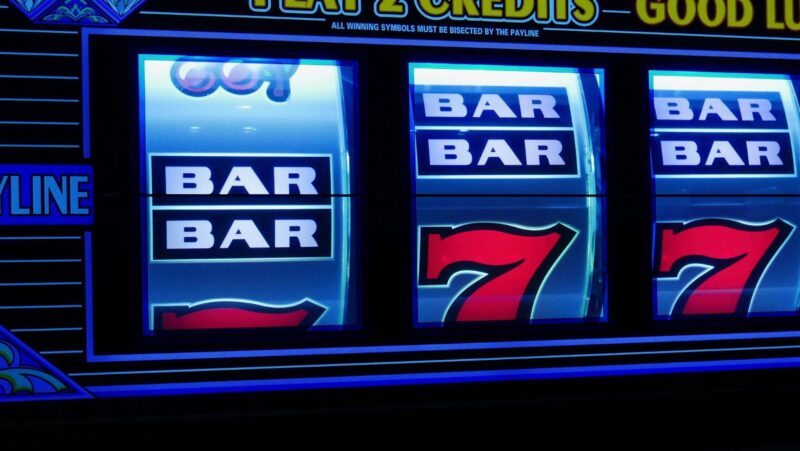New Ways to Mix Casino-Style Play with Online Battles

I’ll skip the hype, well, mostly, and say this as someone who’s been poking around Nordic esports and gambling rules since 2014: the 2025 crop of casino-battle hybrids finally kind of holds together. I used to call the whole mash-up a muddle, like chance smothered everything else. Maybe I was a bit sharp about it; I stand by the core gripe. I honestly thought the format might never square suspense with actual competition. And yet… something’s shifted.
Studios this year seem to be moving past throwaway mini-games and lazy spin-watching, if you trust a stack of industry write-ups and what I’ve tested. What we’re getting now feels closer to a workable mix of strategy, spectacle, and just enough social friction to keep a match from unraveling.
Skill and chance find a working truce
Player agency isn’t tucked offstage anymore; it’s the headline, and it shows up across shared lobbies, not just in the solo corner. Designers weave quick reactions, puzzle-solving, and strategic timing into familiar formats like slots and streamlined card duels, according to developer watchlists for 2025. Rounds sprint: roughly 90 seconds per “battle” with elimination sweeps taking out the bottom slice, call it a quarter, before anyone can get bored. Eight rounds usually start with 64 and, assuming no weird delays, land on a five-player final in about 18 minutes.
Randomness is fenced into visible ranges, and decision windows are intentionally short, which, small tweak, big difference, nudges people to read risk rather than sit under it. Card modes bolt on optional side decisions that can goose or soften payout ladders. The best runs, from what I’ve seen, lean on nerve, then restraint, then, ugh, more nerve.
Battle royale logic reshapes the casino lobby
Big pools, shrinking tables, and survival math take what used to be passive wagering and give it a pulse. Lobbies seed you into pods of 16; they compress to 8, 4, and 2 as scores and streak multipliers thin the crowd. Event rounds throw curveballs, double-payout hands, one-minute reversals, odd little side bets, that keep the field from solving the meta too fast. You usually get three lives, with comeback windows at rounds 3 and 6 that hand back a life if you beat the median by, say, 15 percent.
Hard cap at 20 minutes per match, which might matter more than any single mechanic because, yes, people have routines. Spectators can slip in after round two and queue for the next bracket without nuking the chat thread. Daily ladders reset at 00:00 UTC, and top-100 boards ship with auditable logs, useful if you’re suspicious by default.
AR VR and 3D arenas add presence and pacing
Immersive tools have finally stopped being props. Players drift through compact 3D hubs, pick fights, friendly ones, and watch live tables from those balcony rails you didn’t know you wanted. Rooms cap around 32 avatars to avoid the MMO soup effect. Proximity voice scales up to 20 meters and, smart move, mutes the room during sub-10-second decision windows so your brain can actually, you know, decide. Head-to-heads spin up mini-instances with ~40 ms targets and mirrored UIs to keep it fair. Augmented overlays throw shared wheels, reels, or deal animations onto a desk grid while phones handle 120 Hz haptics for feel.
Spectators mark “moment cards” with timestamps, then toss out short recaps after the buzzer. Furthermore, devs snapshot RNG seeds for bonus phases and publish round-by-round skill scoring, less arguing, more post-game “okay, I punted there.”
Personalization fairness and new economies
The data shaping is getting smarter without, ideally, rigging anything. Matchmaking clusters by tempo, risk appetite, and favored mechanics, then offers three entry tiers (1, 5, or 20 units) so people pick their heat. Platforms disclose luck-to-skill ratios, something like 60 40 early, nudging to 50/50 in finals, at least according to the latest hybrid-gaming white papers. Power-ups are situational, not brute force: a quick “peek” might expose one hidden reel stop for 3 seconds, and a “freeze” could lock a dealer’s upcard once per match.
Cosmetic economies run alongside cash brackets, season passes, tradable bits, the usual, without swallowing the core competition. Trust is still fragile, so audit pages list seed hashes, payout tables, cooldowns, and elimination rules with timestamps and round numbers. Not perfect, transparent enough to matter.
It’s tempting to call the format solved. It isn’t. But casino-battle hybrids do feel less “novelty box” and more like an actual blueprint: short bursts, visible randomness, and head-to-head tension that people can read and react to. Studios are taking real swings and, from what I can tell, listening when players push back. Just, pace yourself. Set limits on time and spend, and bail when it stops being fun. Responsible gambling isn’t a buzzword here; it’s the guardrail that keeps this thing from running off the road while it’s still figuring itself out.







